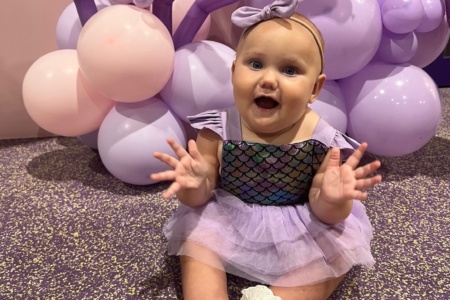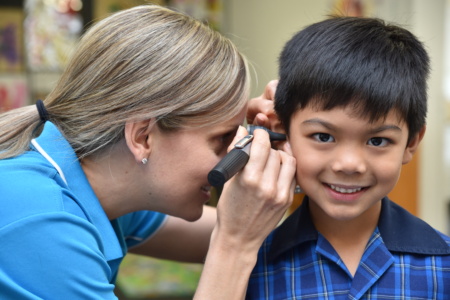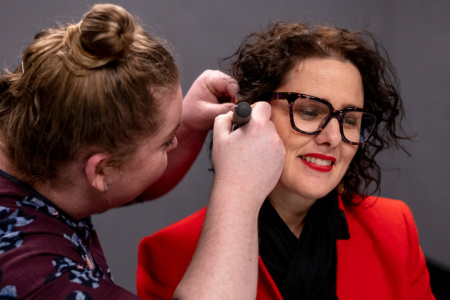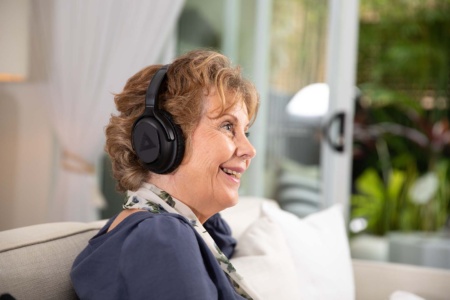While it may not be a term you’re familiar with, sensorineural hearing loss is the most common of the three hearing loss type (conductive hearing loss and mixed hearing loss making up the other two). Sensorineural hearing loss can affect people of all ages and it can be sudden or gradual. It occurs due to damage to the tiny hair cells in the inner ear (cochlea), or when the auditory pathways to your brain aren’t properly functioning. It generally affects people in both ears and the degree can range from mild to profound hearing loss.
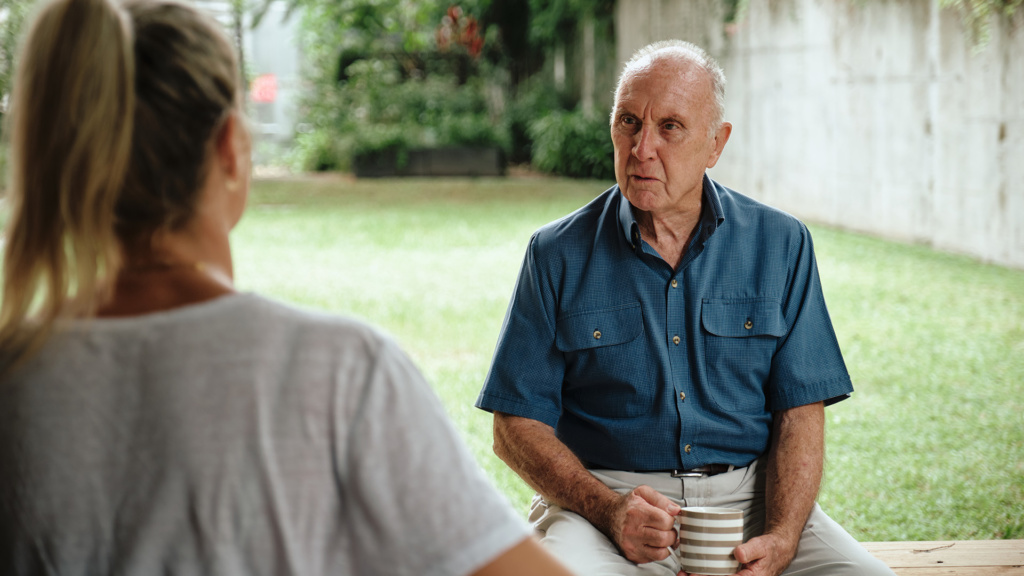
Sensorineural hearing loss symptoms
Sensorineural hearing loss can happen in one ear or both ears (unilateral or bilateral), depending on what caused the hearing loss. Key symptoms of sensorineural hearing loss include:
- Finding some sounds softer or difficult to understand
- Sounds and voices can sound muffled, it’s particularly difficult to hear children’s and females’ voices
- Difficulty hearing high-pitched sounds
- Tinnitus or ringing in your ears
- Dizziness or balance issues
Although sensorineural hearing loss is permanent, it is often possible to prevent further loss of hearing by seeking treatment.
Sudden sensorineural hearing loss
Sudden sensorineural hearing loss is sudden deafness of at least 30 decibels where your symptoms will come on quickly, often within a few days. People tend to first notice sudden sensorineural hearing loss when they first wake up and often only one ear is affected.
Sudden sensorineural hearing loss may have a serious underlying cause, so it's critical to seek medical attention immediately. If treated early enough hearing may be recovered so seek help immediately from your GP or a hospital emergency department.
What causes sensorineural hearing loss?
Sensorineural hearing loss can be congenital (present at birth) or acquired after birth (it can happen at any age).
Congenital hearing loss
Congenital sensorineural hearing loss happens during pregnancy and is rarer than acquired hearing loss. Some causes of congenital sensorineural hearing loss may be:
Premature birth
Gestational diabetes
Lack of oxygen during birth
Genetics or complications during pregnancy
Viruses or illnesses such as Rubella or cytomegalovirus (CMV)
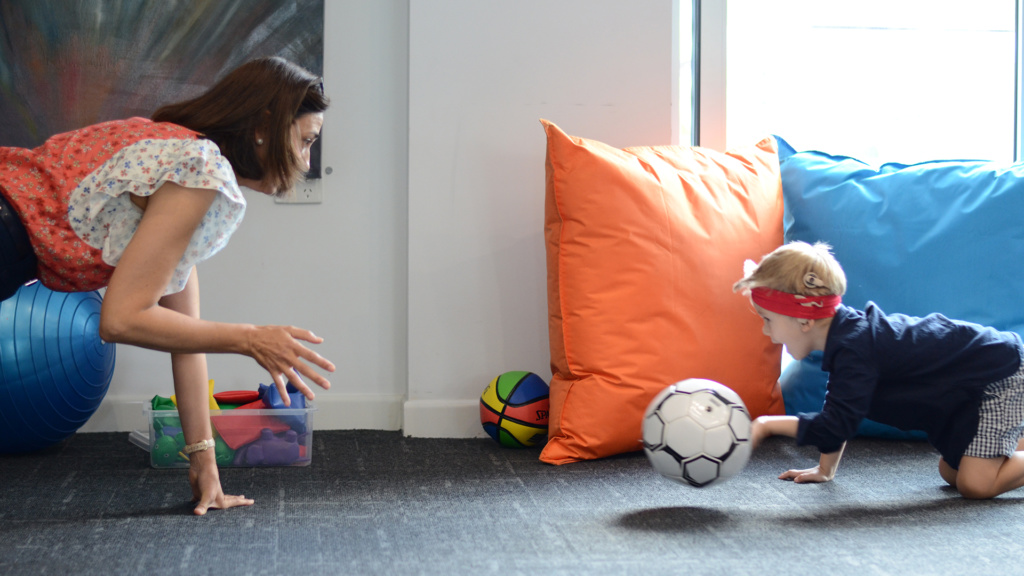
Acquired Hearing Loss
Causes of acquired sensorineural hearing loss, which typically happens later in life, can include:
- Natural aging process: Age-related hearing loss, also known as presbycusis, happens to one in three people over the age of 65.
- Head injury
- Exposure to loud noise (noise-induced hearing loss): Exposure to loud noises over approximately 85 decibels can lead to sensorineural hearing loss. This may be repeated exposure over a period of time or a one-off exposure to an intense sound, such as an explosion
- Medical treatments such as chemotherapy
- Viruses or illnesses such as measles, meningitis, and mumps
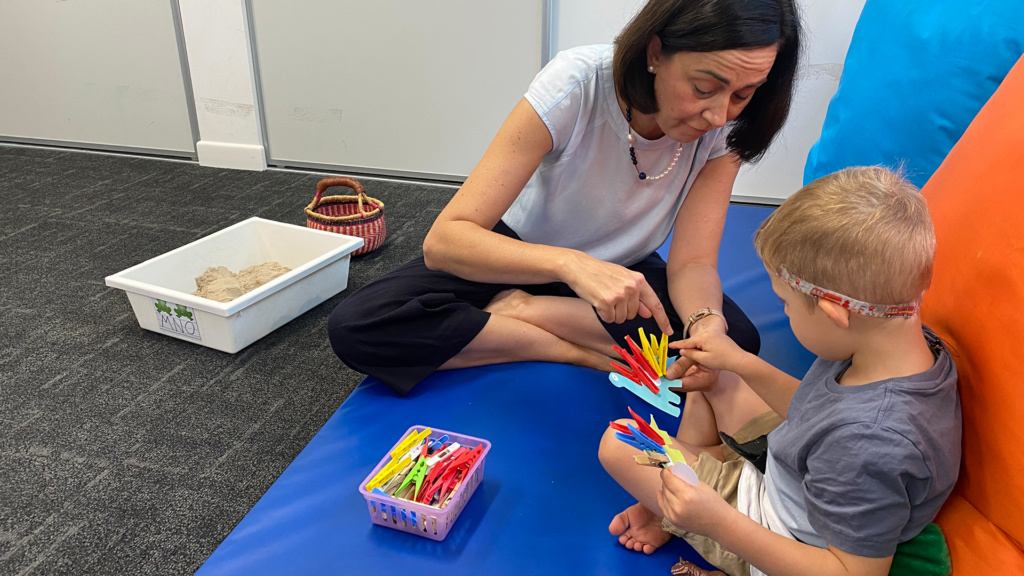
What are the different types of sensorineural hearing loss?
Sensorineural hearing loss can be unilateral or bilateral and the cause is often linked to whether one or both ears are affected.
Bilateral sensorineural hearing loss: this hearing loss in both ears can be a result of genetic conditions, sudden or long-term exposure to loud noises, or illnesses such as measles.
Unilateral sensorineural hearing loss: Sudden sensorineural hearing loss, illness or injury, and Meniere’s disease are all factors that may cause unilateral sensorineural hearing loss.
Asymmetrical sensorineural hearing loss: Asymmetrical hearing loss happens when there is hearing loss in both ears however the hearing loss on one side is worse than the other side. This can be caused by aging or excessive noise exposure.
How is sensorineural hearing loss diagnosed?
If your GP or health professional suspects you have hearing loss, they will refer you for a hearing test with a qualified audiologist. The 60 to 90 minute hearing test will be undertaken in a soundproof booth and includes:
an examination of your ear canal and tympanic membrane
tympanometry to measure how well your ear drum moves and looks at any fluid or congestion in your middle ear
Pure tone audiometry to work out the softest sounds you can hear across a variety of pitches
Speech discrimination in both quiet and noisy environments
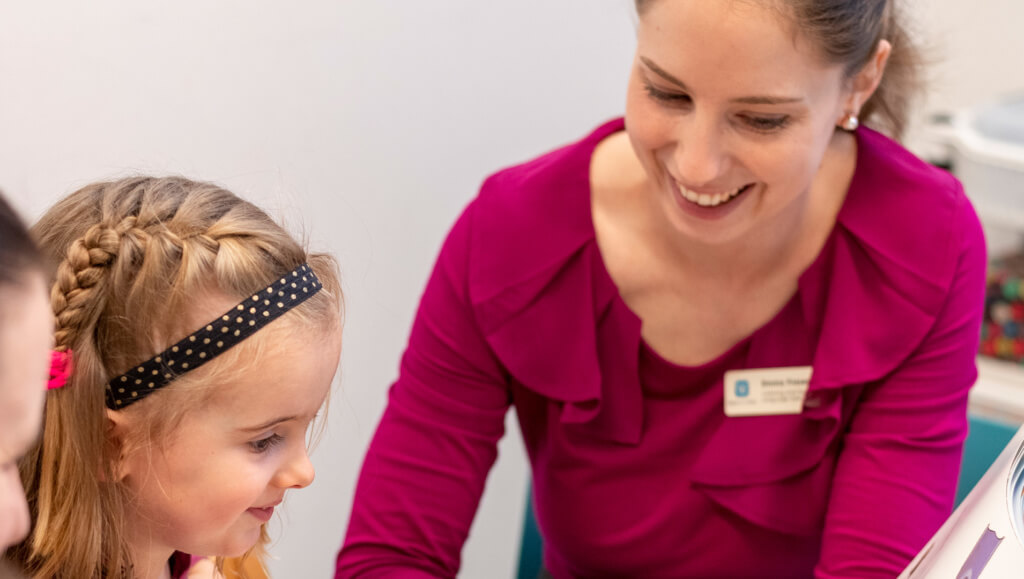
What are the treatment options for sensorineural hearing loss?
Knowing what type of hearing loss you have is key to finding the best solution to meet your hearing needs, communication goals, and lifestyle. With the right hearing aid technology, Hear and Say audiologists will work with you to optimise and protect your remaining hearing and prevent any further damage.
Hearing aids
Hearing aid technology has improved over recent years, these devices are now extremely small and discrete. Hearing aids come in a range of brands and models. The hearing aid that is most suited to you is dependent on your type and level of hearing loss, as well as your lifestyle, goals, and budget.
Cochlear implants
Hearing aids can make sounds louder but not clearer, this is when cochlear implants come into play. Cochlear implants are surgically implanted devices that bypass the normal hearing process – they perform some of the functions of the inner ear and convert sounds into electrical signals that stimulate the auditory nerve. Cochlear implants are suitable for people of all ages who have significant hearing loss.
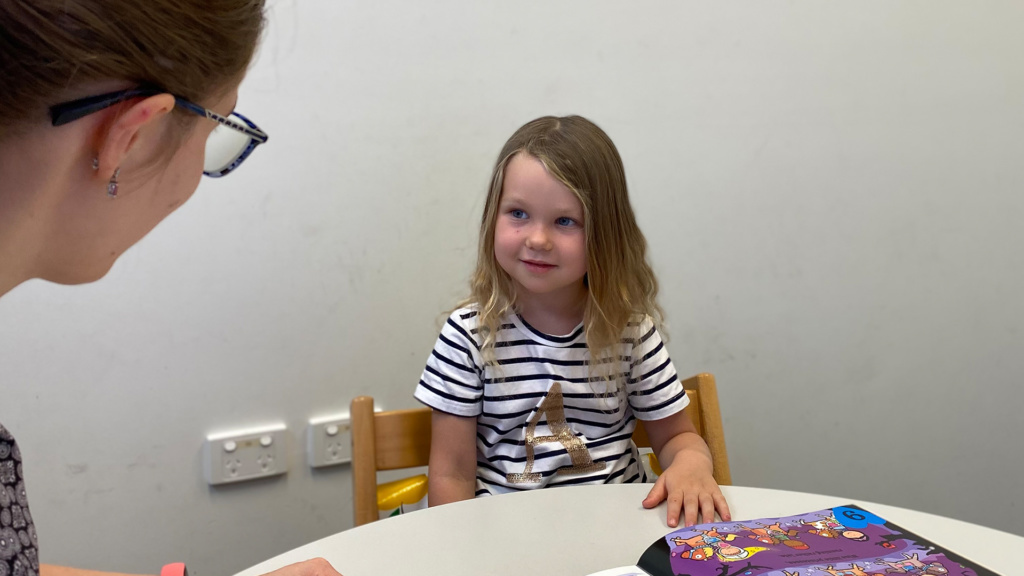
Can sensorineural hearing loss be corrected?
Sensorineural hearing loss usually leads to permanent hearing loss. Acting early is very important to help ensure you stay connected to your friends and family, maintain your confidence, and look after your mental health.
Explore options to take charge of your hearing health today
Book a hearing test
